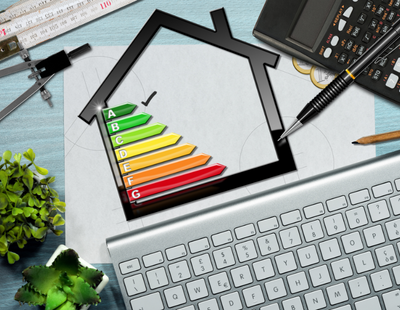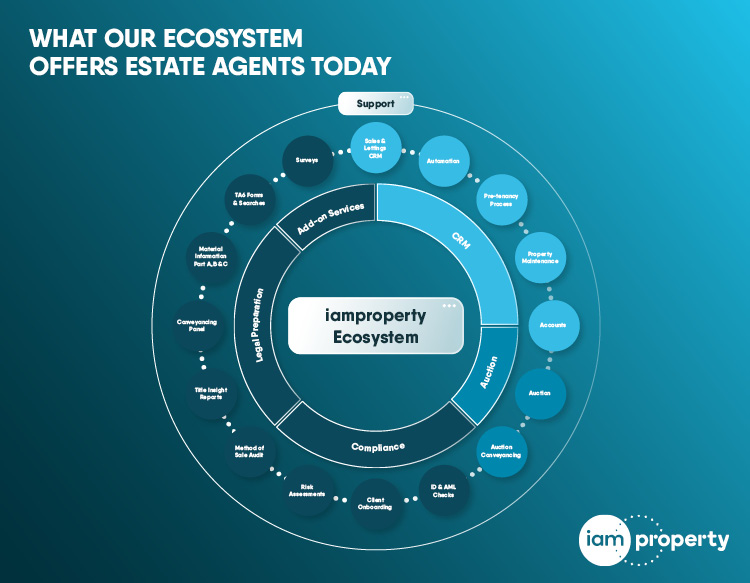All landlords need to have an Energy Performance Certificate (EPG), with few exemptions. As a property writer, landlord and Domestic Energy Assessor, I like to think that I can understand all sides. But many landlords are confused by the process itself, by the recommendations for improving their property’s score, and there are mixed messages going out about planned EPC changes.
Let’s start with those changes. I keep reading that having a Grade C by 2025 is the law. It isn’t! It is a proposed change, it’s only for new tenancies and looks like it will be pushed back to 2028 if not longer, which may be the time that existing tenancies will also require a C. But basically, no-one knows what the Government may decide.
Then there’s the role of technology in deciding an EPC score. The Domestic Energy Assessor (DEA) visits a property and collects data, feeds it into the algorithm, and a result comes out. They don’t calculate the score themselves, to avoid any bias.
But that data input needs to be correct. In my experience – both as a landlord and a qualified DEA – it sometimes isn’t.
I look at the previous EPC for a property before I visit, and occasionally see big discrepancies – for instance a flat has been entered as top floor when it’s actually a mid floor, and this inaccuracy would downgrade the score.
This suggests that whoever commissioned the EPC has not looked carefully enough at the completed certificate. If they did, they could contact the assessor, whose details are always on the report, and get them to put it right, so it’s important to study the information properly.
Another problem is that the system does not take into account the way the home is used. It makes some assumptions based on the size of the property and how many bedrooms there are, but not on occupancy numbers, and it assumes most of the space is heated for most of the day.
The EPC industry is well aware of these limitations. Elmhurst Energy, a leading training and accreditation body, is calling for a redesign. Currently EPCs are based almost entirely on the cost of energy, meaning gas central heating often scores much higher than all-electric because it’s cheaper.
Elmhurst want EPCs to show energy consumption as well as cost and the amount of carbon emissions.
Some of the recommended measures are often hard to achieve without spending a lot of money, and perhaps having to evict tenants while the work is done. External wall insulation may not be possible for leasehold properties, and internal has problems too, possibly making a room too small to meet minimum space standards.
But DEAs can advise on other ways to lift a rating – just ask us! Landlords complain that the scoring system is hard to understand, but we can give recommendations and run a “dummy” EPC, adding or subtracting improvement measures, though we will charge an additional fee for the extra work.
There’s also a new animal called a Retrofit Assessor. I’m not one of them, but I have seen the training, which involves a lot of building physics. They cost more than using a DEA, but they can give excellent, detailed individual recommendations and can arrange installations.
What’s also badly needed from the Government is extra grants for landlords, and the training of many more installers, as there are currently not enough.
Let’s end with some brief top tips to get a good score – don’t fit heat pumps unless the building is very well insulated first; don’t change from a gas to an electric boiler; if replacing a boiler, consider a hydrogen-ready model; if you’re all electric, try modern High Heat Retention storage heaters, a vast improvement on older models.
And if you’re having insulation fitted, take photographs during the process along with depth measurements, because once it’s covered up we can’t see it, and also we can’t get to the roof space without a ladder – we may be many things, but sadly we’re not psychic and we can’t float upwards!












.png)


.jpg)
.jpg)





%20-%20IMAGE%20Client%20Accounting%20%E2%80%93%20what%20are%20your%20options.jpg)


.png)
.png)
.png)
%20(002).png)






%20(002).jpg)



.png)



Join the conversation
Jump to latest comment and add your reply
This article highlights fundemantal issues with DEAS... Firstly a flat won't be downgraded if it was a top floor flat to mid floor flat. The opposite would happen as the default uvalue changes from (i.e) 0.4 to zero - this is better!
Also, take a ladder with you! The amount of homes, especially tenanted properties that don't have ladders is high, why should the landlord be peanilised because you don't have a ladder! A little lazy imo.
It might be downgraded if the DEA didn't take a Ladder to look in the Loft, LOL
Another Very misleading Title for clickbait, where's the Chaos?
Another Very misleading Title for clickbait, where's the Chaos?
A well written article by someone who actually knows some facts. That's refreshing! However, the article headline is absolutely bonkers and totally misleading. Susan does NOT write about 'chaos and confusion' - quite the opposite! We also have to be careful about judging a whole national roll-out of 21,000,000 EPCs (almost entirely accurate) based on a tiny number of less accurate 'exceptions'. No intelligent person would do that. All of my portfolio's EPCs are accurate and well done because I've checked them, just as I check the work of everyone I pay money to. Finally, all of the domestic energy assessors I met over 15 years DO come to the property with a ladder - one of those telescopic surveyor's ladders. Perhaps Susan should invest in one!
Please login to comment